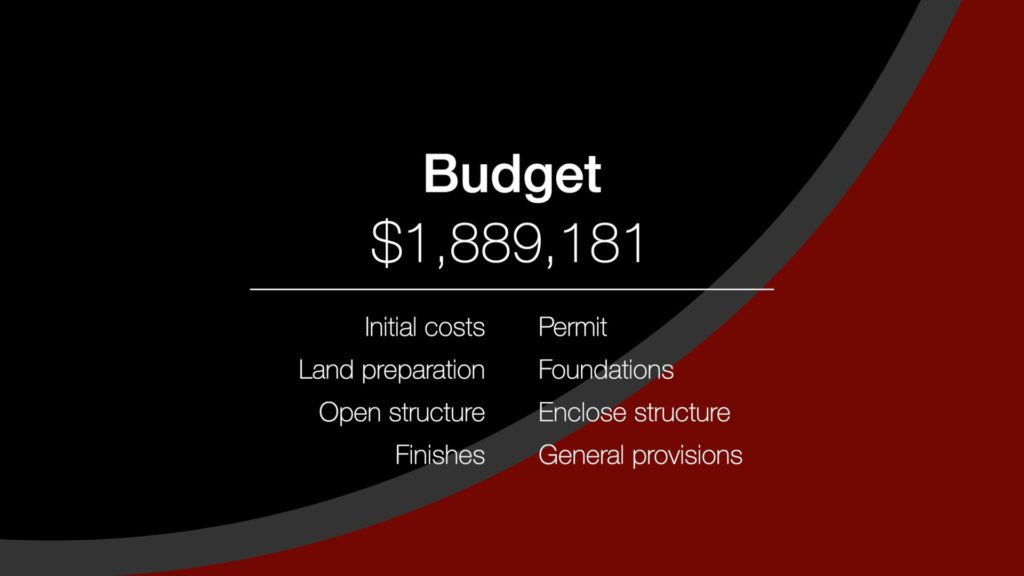Are you considering building a villa on the beautiful Spanish coast? The allure of year-round sunshine, a slower pace of life, and fresh Mediterranean cuisine is hard to resist. Living afar may be challenging, that’s why a well-structured Project Execution Plan can lead your project to success. Here’s how you can make it happen.
Meet the Anderssons: Johan and Anna, a Swedish couple with two young children, aged 4 and 1. Johan, a sales manager, and Anna, a nurse, are seeking a better quality of life by building their dream villa on the Spanish coast. They need a comprehensive Project Execution Plan to ensure their project is successful.
Hi, I’m Pedro Escudero, an Architect & Project Manager. I’m excited to guide Johan and Anna through their journey to create their Spanish retreat.
Why This is the Right Move: The Whys
- Year-Round Sunshine: Spain offers a warm climate with plenty of sunshine year-round, unlike the long, dark winters in Sweden.
- Lower Cost of Living: Building a house on the Spanish coast is often more affordable than buying property in a Swedish city.
- Slower Pace of Life: Coastal living in Spain offers a more relaxed, laid-back lifestyle.
- Better Outdoor Lifestyle: Spain’s coast provides endless opportunities for outdoor activities like swimming, hiking, and sailing.
- Access to Fresh Mediterranean Cuisine: The Spanish coastal diet promotes a healthier lifestyle.
- More Space for Less: In Spain, you can get a larger home with outdoor space for a fraction of the price of a small apartment in a Swedish city.
- Cultural Diversity and Rich History: Living on the Spanish coast provides exposure to a vibrant culture and history.
- Escape Urban Crowds and Noise: Coastal living offers peace and quiet, free from the crowded streets and noise of urban life.
- Ideal for Retirement or Remote Work: The Spanish coast offers the perfect setting for a flexible, relaxed lifestyle.
How We Will Do It: The Project Execution Plan
A successful project requires a detailed Project Execution Plan. This plan will cover:
- Goals: Clearly defined goals to guide the project.
- Objectives: Specific objectives to achieve these goals.
- Team Structures: Well-organized team structures to ensure efficient collaboration.
- Defined Budget: A detailed budget to manage costs effectively.
- Timeline Clarity: A clear timeline to keep the project on track.
- Design and Construction Phases: Detailed phases for design and construction.
- Procurement: Efficient procurement processes for materials and services.
- Communication: Effective communication strategies to keep everyone informed.
- Risk Management: Identifying and mitigating potential risks.
- Change Management: Handling changes smoothly and efficiently.
- Reporting and Status: Regular reporting to track progress.
- Quality Management: Ensuring high-quality standards throughout the project.
- Project Closeout and Handovers: Proper closeout procedures and handovers to the clients.
The Project Execution Plan: Your Master Guide
The Project Execution Plan is a comprehensive document (digital on printed) that describes all the different stages of the project, including the approach and how it will be delivered. It serves as the master guide for each professional involved in the project and must be followed by all.
Next Steps: Visiting the Land
In our next episode, we will visit and select the perfect land for Johan and Anna’s dream villa. Stay tuned for more updates on this exciting journey!
Ready to start your own journey to building a dream home on the Spanish coast? Reach me out today to get started with a detailed Project Execution Plan and local project management counsel. Let’s make your dream a reality!


